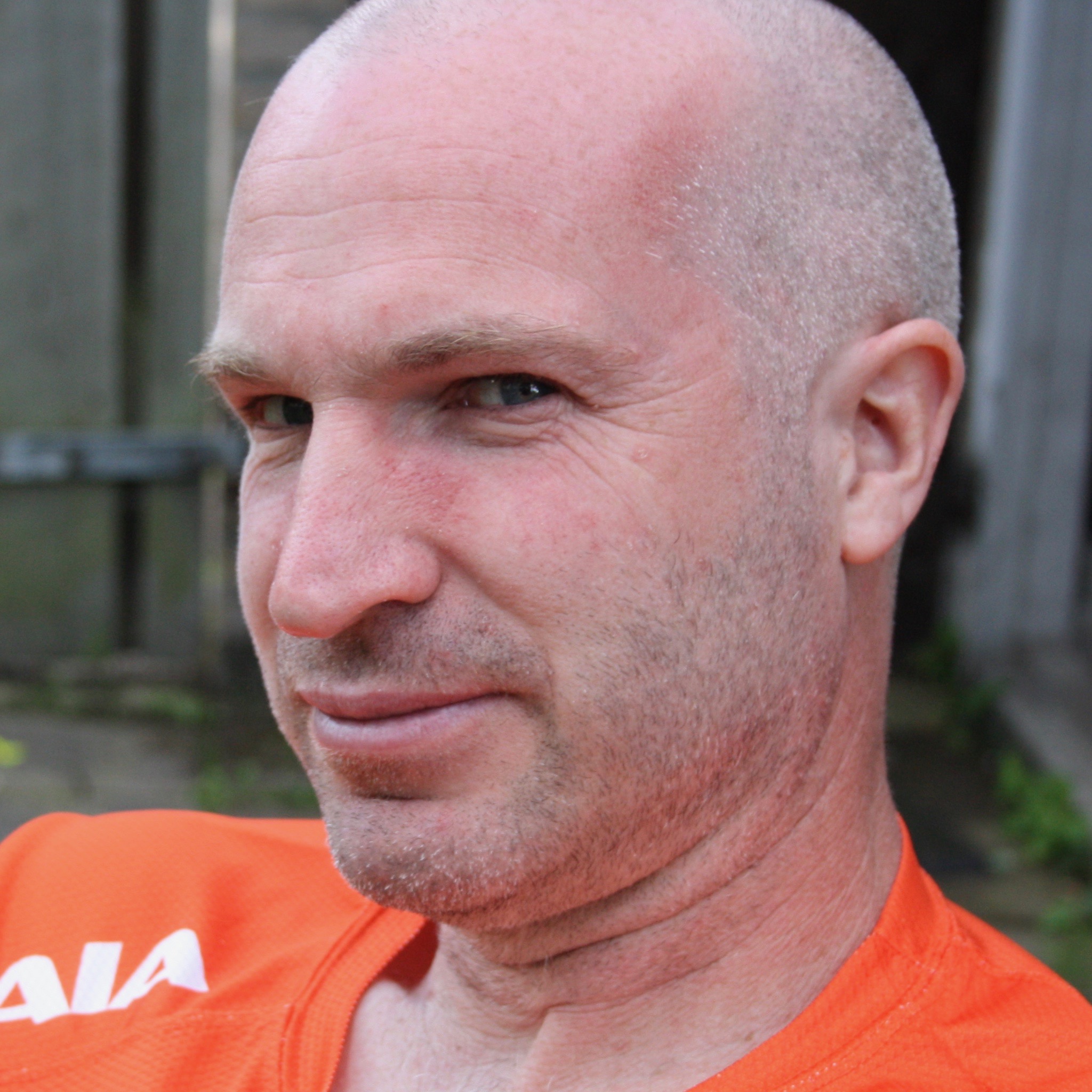Way back in 2007, a company called D-Wave systems demonstrated... well, no one is really sure what it demonstrated. D-Wave claimed it was a quantum computer, but if that was so, then this tiny company managed to produce something that was way beyond anything that had been seen in a research lab, despite their large budgets and talented scientists. Since then, D-Wave has occasionally released new claims, but, most importantly, no actual information that shows that whatever it has built is a quantum computer.
As a result, I was quite surprised to find that search behemoth Google had started working with D-Wave on quantum computer-based search. Among the questions that puzzled me were why Google would be interested in quantum computing, and, assuming that they are, why would they work with D-Wave?
In a blog post and New Scientist article, Google researchers claim that quantum computation provides a speed-up in image recognition: e.g., a quantum computer can recognize a car quicker than a classical computer.
The computer was fed a series of images that contained cars; these were initially located manually. The computer then used this information to recognize cars in a different series of images. If this sounds more like a neural network than a quantum computer to you, you are not alone. In fact, once you consider that quantum computers don't provide a speed boost for every type of computation, you have to wonder if image recognition can, even in principle, be sped up by a quantum computer. The information provided by Google doesn't offer any insight into this question.


 Loading comments...
Loading comments... 